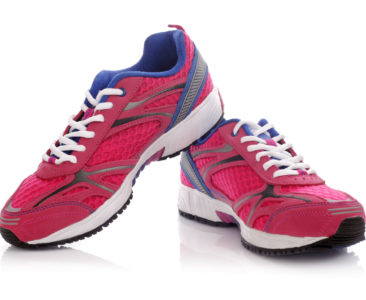 A couple weeks ago, our friends at the Globe and Mail published a piece titled “The Myth of the Running Shoe.” It’s a great piece, and it talks about the debate over the running shoe in recent years. There has been a long held belief, especially among shoe marketers, that padded athletics shoes better help to prevent injuries. However, that assertion was challenged in the 2009 bestselling novel Born to Run, which helped to drive the minimalist shoe movement.
A couple weeks ago, our friends at the Globe and Mail published a piece titled “The Myth of the Running Shoe.” It’s a great piece, and it talks about the debate over the running shoe in recent years. There has been a long held belief, especially among shoe marketers, that padded athletics shoes better help to prevent injuries. However, that assertion was challenged in the 2009 bestselling novel Born to Run, which helped to drive the minimalist shoe movement.
Critics on both sides of the debate have their arguments. Proponents of newer running shoes say the cushioning helps to soften the force of each stride, while those on the other side of the debate say that minimalist shoes force runners to load lighter on their feet, which helps to prevent injury. But what if it’s not really about the shoe at all?
Running Style Over Running Shoe
In the article from the Globe and Mail, two physical therapists quoted in the article suggest that we should be focused more on how we run, instead of what shoes we choose to protect our feet when we run if we’re truly interested in preventing injuries.
“Runners should be instructed to choose a certain type of running shoe over another shoe no more so than a blue shoe over a red shoe.” Instead, runners should be mindful of how they increase their distance and make adjustments in their running form to prevent excessive loading or landing force.
Dr. Silverman Comments
The myth of the running shoe is finally gaining some traction. Spike Lee was wrong and Michael Jordan was right; it’s not the shoes.
Shoes are thought of incorrectly. Heavily cushioned running shoes just means we’re allowed to think that we’re protected against a failed attempt to control deceleration, but shod runners still develop these repetitive stress injuries, so what are they protecting against? For minimalist shoes, it’s not about the lack of material, it’s about how their minimal design forces you to run with a softer landing and with an ideal stride pattern, which helps to protect against injury.